The Basics
This page will help you get started with mapping and level design. This first section will list the thing's you'll be required to download and provide a little information on setup and things to pay attention to. If you have questions, use Google. Google is your friend. You can find the answer to pretty much anything. Also, please take advantage of the large selection of tutorials here on JKHub.
(This is all for idtech engine games, if you want to map for other games such as games on the unreal engine this will be partly useless)
What you need to download:
GTKRadiant/NetRadiant: Traditionally the preferred version is GTKRadiant 1.4.0 over the newer versions such as 1.5.0 & 1.6.x, and most tutorials are based off of this version. However that is no longer a concern and the newest version should be familiar enough using older tutorials. However, in recent years modders have moved onto a new Radiant build called NetRadiant-Custom (NRC for short). This has more features, better compatibility with modern operating systems and hardware, etc. It is highly recommended to try that out. It might look slightly different from GTK tutorials show but it should be familiar enough.
Download NetRadiant-Custom here and check out this in-depth mapping tutorial on mapping with NRC.
Pakscape: Assets in the Quake3 engine are stored in archives in the pk3 format. Pakscape allows you to easily create new PK3's, or modify existing ones. All your files need to be stored in PK3's in the base folder in order for the game to use them.
The Jedi Academy SDK: This is the source code for the multiplayer engine, plus various tools used in the design process. Specifically when it comes to mapping you'll be using BehaveD and EffectsEd a lot. They are both included in this SDK under the tools folder. There are a number of other useful tools included such as Assimilate/Carcass (compiling glm for models), and MD3 view for viewing MD3 models and their animations. ShaderED is included but if you need to make your own shaders, learn how to do it with notepad. ShaderED is extremely outdated and will do you more harm than good.
Q3map2GUI: This is an EXTREMELY useful tool created by Darth Norman. q3map2 is the command line compiler for maps. This GUI makes it so you can easily edit the compile options from an interface instead of painstakingly editing command lines yourself. This tutorial explains how to use it.
EasyGen: EasyGen is a program that can generate an entire terrain for you entirely from an 8-bit bitmap. Once it generates the terrain you can easily paint textures onto it and then export an alphamap+metashader to provide a seemlessly blended terrain.
GIMP: You will eventually find the need to modify textures, or make your own. In order to do so you need an efficient image editor. The ideal image editor is Adobe Photoshop, but that can be expensive and most people would rather have a free alternative. This is where GIMP comes in. GIMP has a variety of user friendly tools for the beginner to accomplish much. There are various tutorials out there on the internet on how to use GIMP, making it even easier to learn.
Blender: Blender is an open source, free modeling program. The UI is kind of confusing at first and it isn't as efficient at UVUnwraping as 3DS or Maya, but it get's the job done. If you want to make fully UV mapped MD3 map_objects you'll need this program. You can also create your own character models if you wish, but that is advanced work. There are a HUNDREDS of tutorials out there for 3D modeling in Blender. YouTube is a great source for many of them. 3D modeling is hard, but when you get the hang of it, it becomes an invaluable tool in your arsenal. NOTE: If you download Blender, you will need mrwonko/Cagelight's Jedi Academy Plugin Suite. It's the only way to work with Jedi Academy's files (.md3, .map, .ase). Check out the modeling tutorial section for more of those.
Mapping Resources
Installing GTKRadiant
How to install and set up all the essential programs to begin creating custom user content (for example maps) using GTK Radiant 1.4.0 for Jedi Academy.
Installing NetRadiant-Custom
How to install and set up NRC for Jedi Academy mapping. This is a newer, more modern fork of GTKRadiant.
Creating maps with NetRadiant-custom
This tutorial series created by user frenz covers a lot of the basics similar to RichDiesal's old tutorial, but much more modern and for the newer NetRadiant-custom.
RichDiesal's Mapping University
The RichDiesal Mapping University / RichDiesal's JK2Radiant MapSource was regarded by many across the community as the best set of tutorials for beginners and advanced mappers to learn from. Some time in 2010 when Map-Craft went down, RichDiesal's tutorials went down along with it. But now we have revived it thanks to users that kept backups! Please note that some images and links still do not work, as some files that were hosted on Map-Craft were not recovered. All the tutorials should still be usable and doable.
MUG's Video Tutorials
This series will teach you everything you need to know to make maps from the ground up.
JKHub Mapping Tutorials
There are many tutorials that have been written exclusively for or provided to JKHub by various members and mappers. These can be truly invaluable to anyone that makes maps for the Jedi Knight games. Chances are, if you have a question, they can be answered by reading or watching these tutorials.
Mapping for Single Player
Redsarus shows us how to map specfically for single player mode, by creating a mission based map complete with scripts, objectives, and NPCs.
World of Level Design
There are many wonderful sites that have great tutorials on level design. World of Level Design ranks up there as one of the best resources for learning how to design maps in a logical and fun way.
Learning the Q3A engine
Q3Map2 Shader Manual
If you plan to take full advantage of shaders (which you absolutely should) then this will be extremely helpful.
Advanced Portal and Hinting Optimization
Learning the technical side of what you're working in can be very rewarding.
Other Helpful Links
MapCore
MapCore is a great level design community.
A Guide to Level Design
A great guide that gives the ins and outs of designing maps.
Designing Multiplayer Maps
This is a small handbook that explains the logic and methods used to design maps for multiplayer game modes.


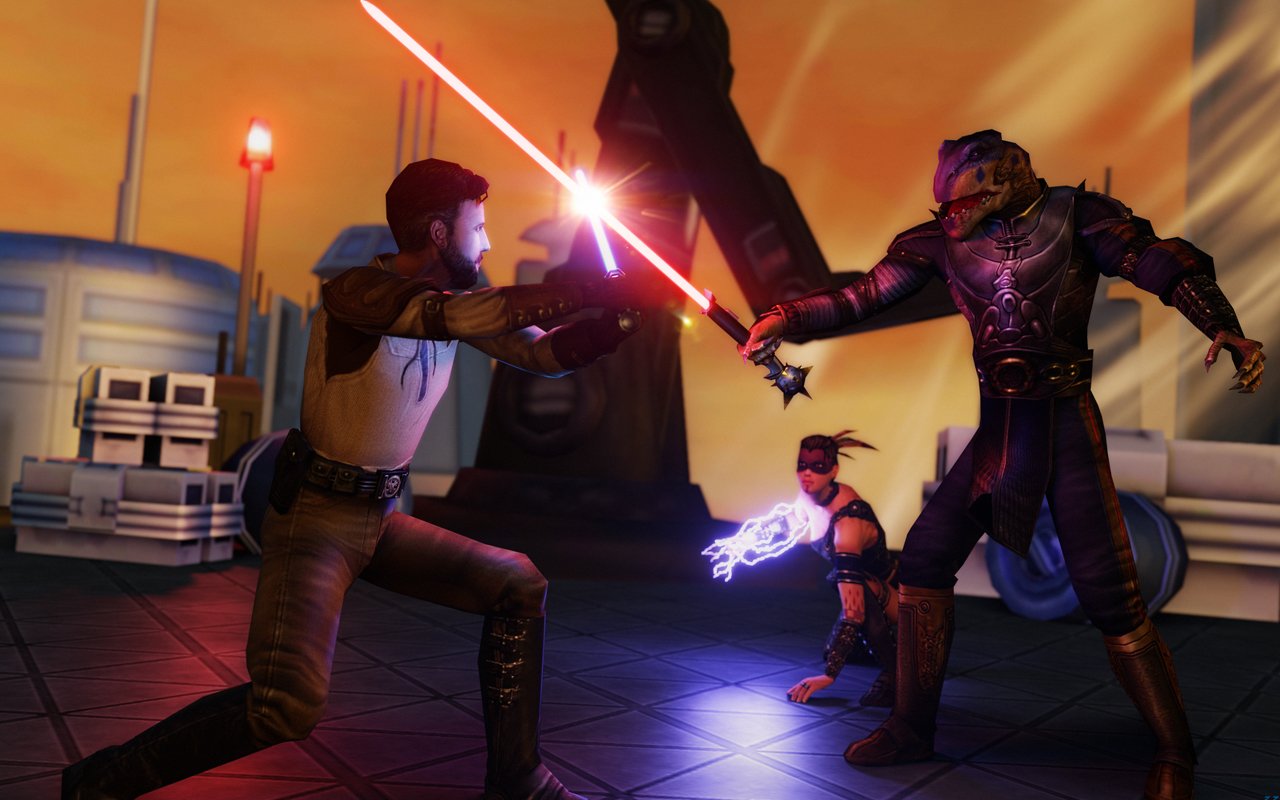
 1st Place Winner Reepray with Rishi Station 2,
1st Place Winner Reepray with Rishi Station 2,  2nd Place Winner chloe with Oasis Mesa, and
2nd Place Winner chloe with Oasis Mesa, and  3rd Place Winner Artemis with TFFA Brutal! Amazing submissions by everyone!
3rd Place Winner Artemis with TFFA Brutal! Amazing submissions by everyone!
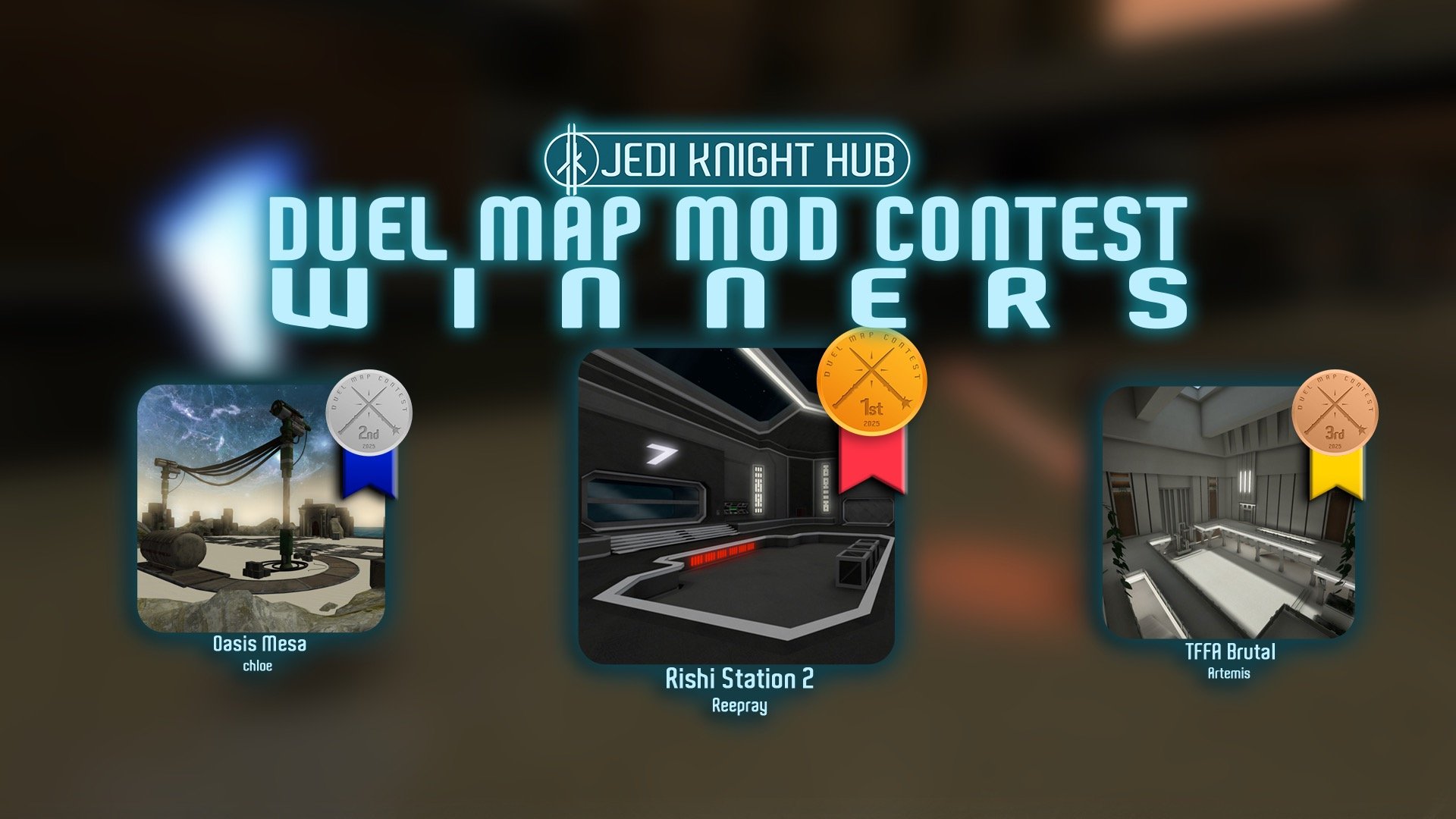

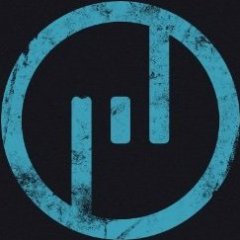
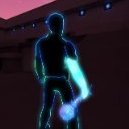
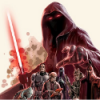


Recommended Comments
There are no comments to display.
Create an account or sign in to comment
You need to be a member in order to leave a comment
Create an account
Sign up for a new account in our community. It's easy!
Register a new accountSign in
Already have an account? Sign in here.
Sign In Now